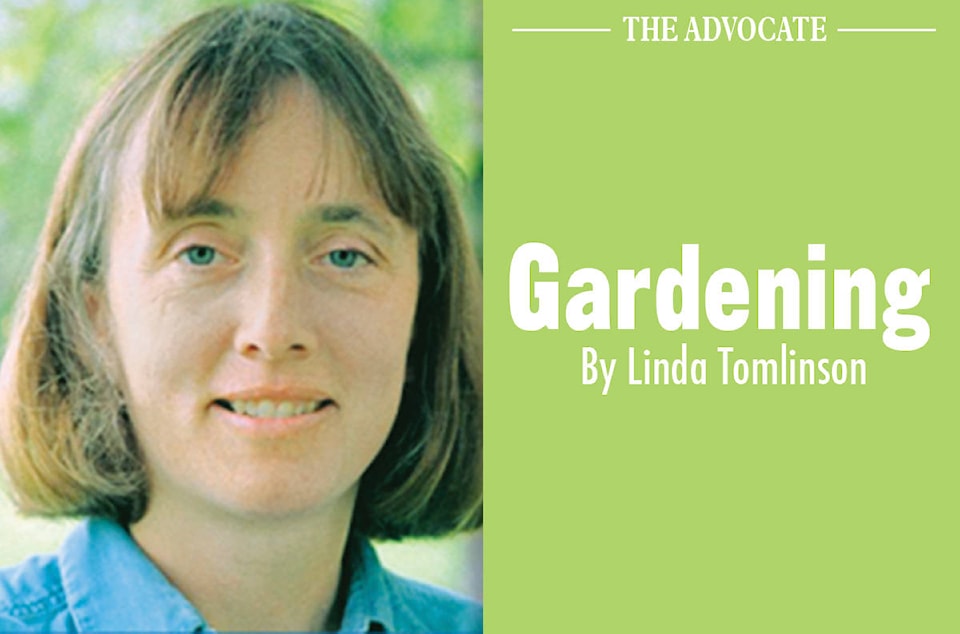Tomatoes are one of the most common bedding out plants purchased. Why? The taste of a fresh tomato is superior to any that are purchased in stores.
While there are many different varieties of tomato plant for sale they can be divided into two groups: determinate and indeterminate. Determinate plants usually require a shorter season and may or mayn’t need staked. Indeterminate tomato plants continue to grow upwards until they die. In heated greenhouses or warmer climates the same plant will continue to produce fruit for a number of years.
Growers have made it easy to purchase and grow tomatoes plants by selling tomato plants in pots large enough to last the growing season. Often called patio tomatoes, these plants should be placed in a hot area of the garden where they will have optimum growth. Patio tomatoes should be a determinate variety. Prune back all suckers that grow from the roots and the first couple of axils after which allow the suckers or stems that are growing from leaf axils to flourish. Flower buds and ultimately fruit are born on the end of the branches. Fewer branches mean less fruit.
Determinate varieties, in pots, with the exception of tumblers, are often supported by a cage that supports the weight of the branches and fruit. In the garden where there is more room, branches will slowly fall towards
Fruit clusters on indeterminate plants appear on the stems. Pruning or removing side stems or suckers that grow at a 45 degree angle from between a leaf and stem below the first two flower clusters is recommended. Removing excess foliage from the bottom produces a stronger main stem and increases air circulation leading to healthier plants. Allowing the plant to develop side branches higher up on the stem will increase the number of tomatoes produced.
About a month before the end of season, remove all new suckers encouraging the plant to put energy back into the existing fruit. As the season winds down, remove the plant tops and any flowers that will not have time to develop.
All indeterminate branches need to be supported. This can be done with a trellis, stakes or strings handing down from above. When branches are not supported the fruit becomes too heavy causing the branch or stem to fall which often damages the rest of the plant.
Pinching out unwanted sucker should be done as soon as they appear. This is as easy as wiggling the sucker back and forth to snap it free from the main stem. and stem back and forth. Removing suckers when they are small leaves a small opening that is quickly healed by the plant. Removing larger branches can lead to holes in the stem that are susceptible in insects and diseases.
Tomatoes, like all plants, do best with the correct amount of water and fertilizer. Check the soil before watering. Plants that are just transplanted tend to need less water than ones that are established, actively growing and producing fruit.
Be consistent when watering fruiting tomatoes. A cycle of flood and drought makes it hard for plants to transport calcium throughout the plant. Lack of or n imbalance of calcium can result in blossom end rot.
The amount of fertilizer or nutrient needed depends on the soil. For best results, purchase a tomato fertilizer as it will contain micro nutrients that are essential for a tomato plant’s growth. Follow the instructions on the container.
People often head out and purchase all their patio tomatoes early in the season. Waiting to make the purchase might mean that an outlet will be sold out but it often means that the plants are larger, full of tomatoes and blooms making it a great addition to the patio.
Linda Tomlinson is a horticulturalist that lives near Rocky Mountain House. She can be reached at your_garden@hotmail.com
